Keynote Presentation
Effective Engaging with Communities for Equitable Digital Preservation Ecosystems
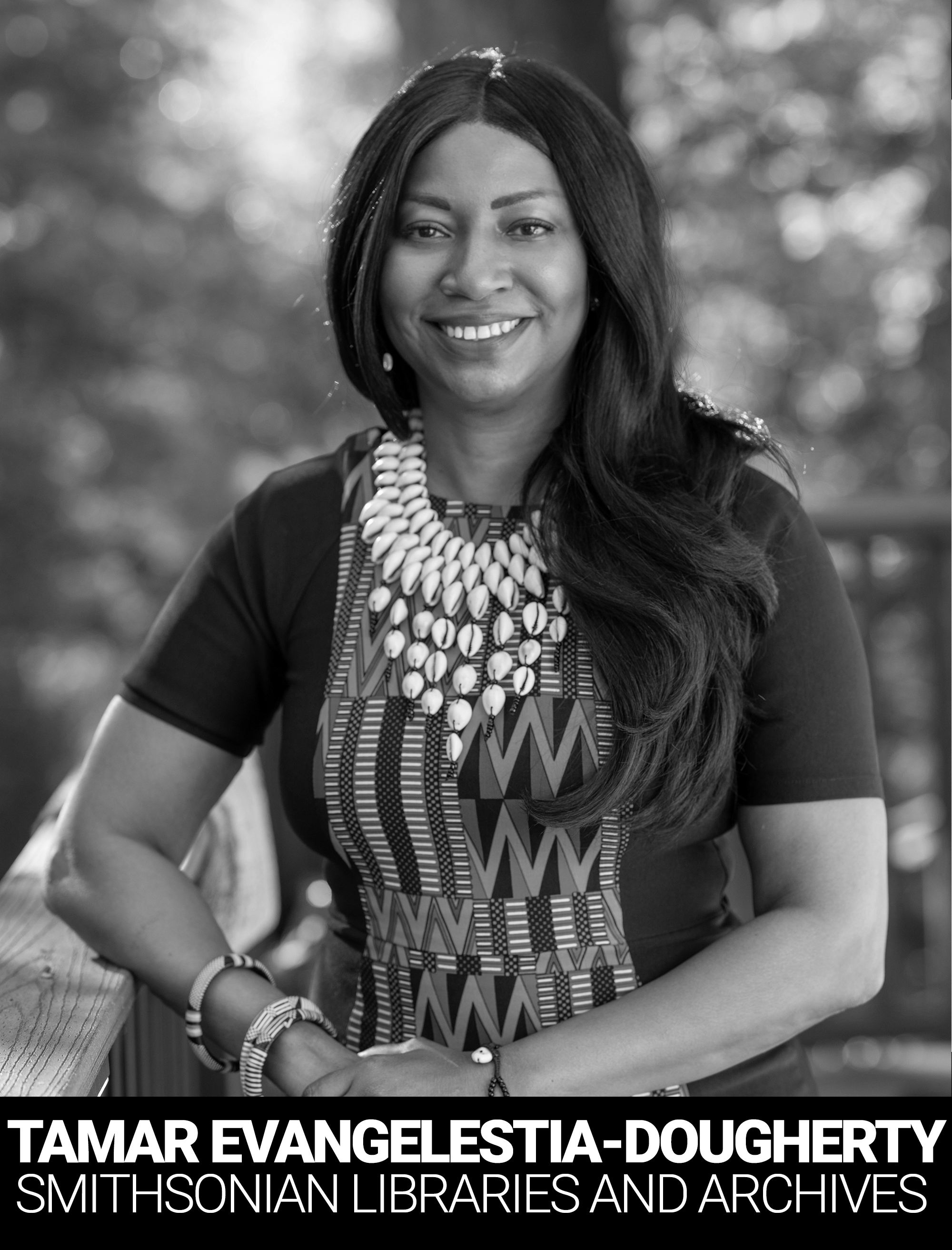
Tamar Evangelestia-Dougherty | Director, Smithsonian Libraries and Archives
Effective Engaging with Communities for Equitable Digital Preservation Ecosystems
Archival Education: Bringing 45 Cultural Institutions and 145 Students Together

Gregory Hunter | Palmer School of Library and Information Science Long Island University
Since 2017, Long Island University’s Palmer School of Library and Information Science has been leading “Digitizing Local History Sources.” Funded by a $1.5 million grant from the Robert David Lion Gardiner Foundation, the project assists cultural institutions in Nassau and Suffolk Counties (New York) with the digitization of historical materials. DLHS also is educating the next generation of digital preservation leaders: digitization and other project activities are conducted by graduate students in the Palmer School. Project Director Gregory S. Hunter will discuss this unique partnership and offer insights for others considering cooperative digitization projects.
Item Driven Image Fidelity (IDIF): Hitting the Digital Capture Sweet Spot
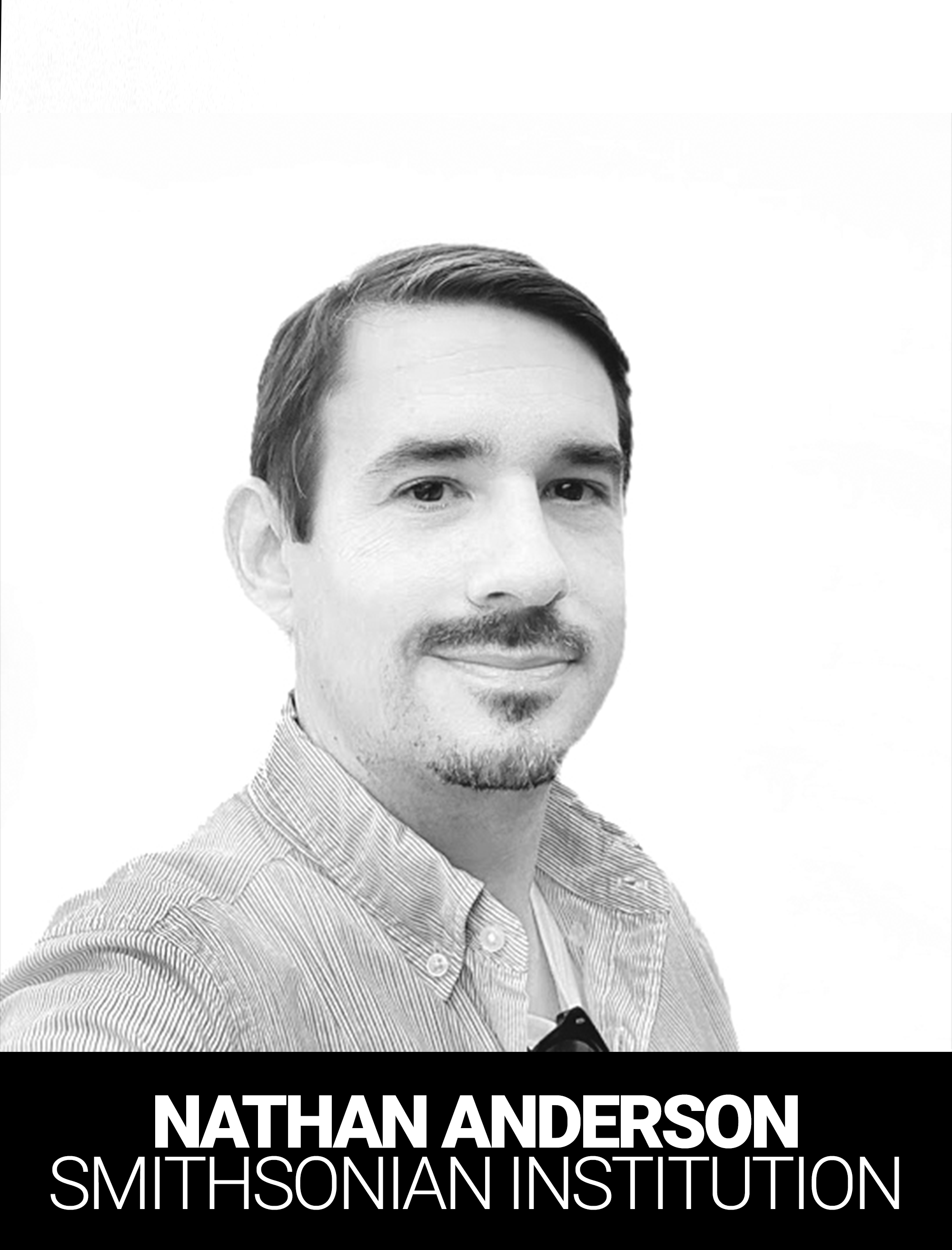
Nathan Ian Anderson | Smithsonian Institution/ Digitization Program Office, Imaging Services Program Officer
The Smithsonian’s approach to Digitization is comprehensive. This presentation specifies the processes necessary to generate “research-worthy” digital images that stand the test of time.
Digital images showing insufficient detail or that are too low in resolution make for a frustrating online experience for the public and researchers alike but capturing at an excessive resolution taxes our storage & network infrastructure unnecessarily. When you’re digitizing millions of items that makes a huge difference to our bottom line!
In order to ensure that we’re achieving the optimal resolution for any Smithsonian managed digitization project, we go through a rigorous validation process we call Item Driven Image Fidelity (IDIF). IDIF validation begins with collections staff identifying a representative sampling of the collection that contains the smallest details.
Using an example collection item, the smallest details necessary to be resolved are measured at the micron scale and documented. This measurement translates into PPI (pixels per inch) resolution required to photograph the item’s detail. We then validate our ppi resolution through spatial frequency response (SFR) testing.
The IDIF analysis results in a project-specific imaging standard by which we measure capture quality for all Smithsonian managed digitization projects. Our process ensures that fine specimen or item details are resolvable for remote researchers to do meaningful work with collections even if they are half a world away.
Transformation, Discovery, Digitization Funding and Contributed Support
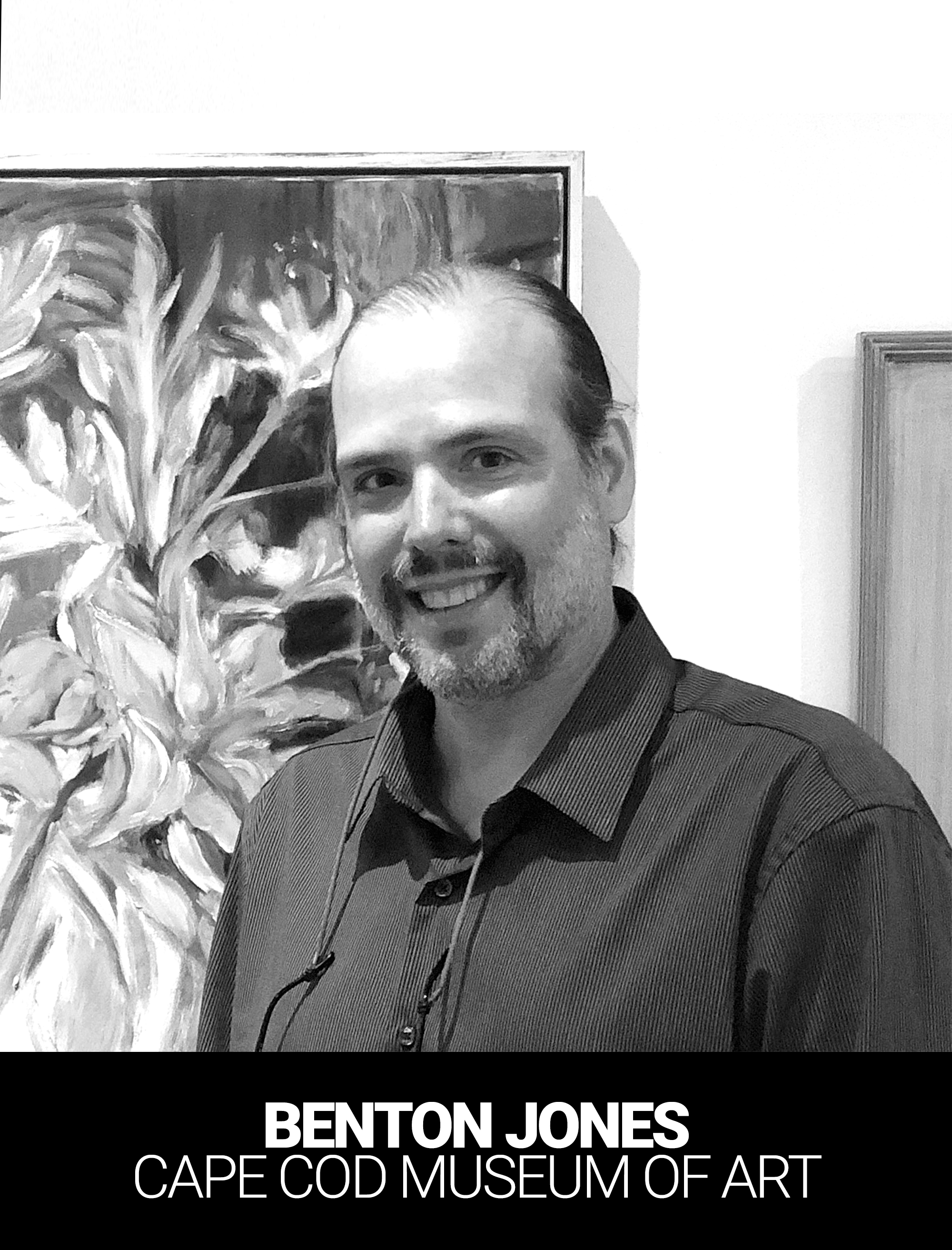
Benton Jones | Director of Art at the Cape Cod Museum of Art
Before digitization, the permanent collection at the Cape Cod Museum of Art had been inaccessible to the public, and also internally, to its own curatorial staff. Benton Jones will share his institutions story of self-discovery and how he was able to fund the digitization of their collection during the summer of 2022 through a combination of matching grant funding and contributed support. Jones will highlight the importance of making the collection of his small, regionally focused art museum, easily accessible, and take you through the transformation of facility and staff required to accomplish this work. He will touch on how a collecting institution can become stifled by its own collection over time, and how the digitization process has helped to recalibrate his museum’s strategic plan, mission and vision, while at the same time, helping to conserve, protect and curate the collection.
We need to talk about how we talk about our work…
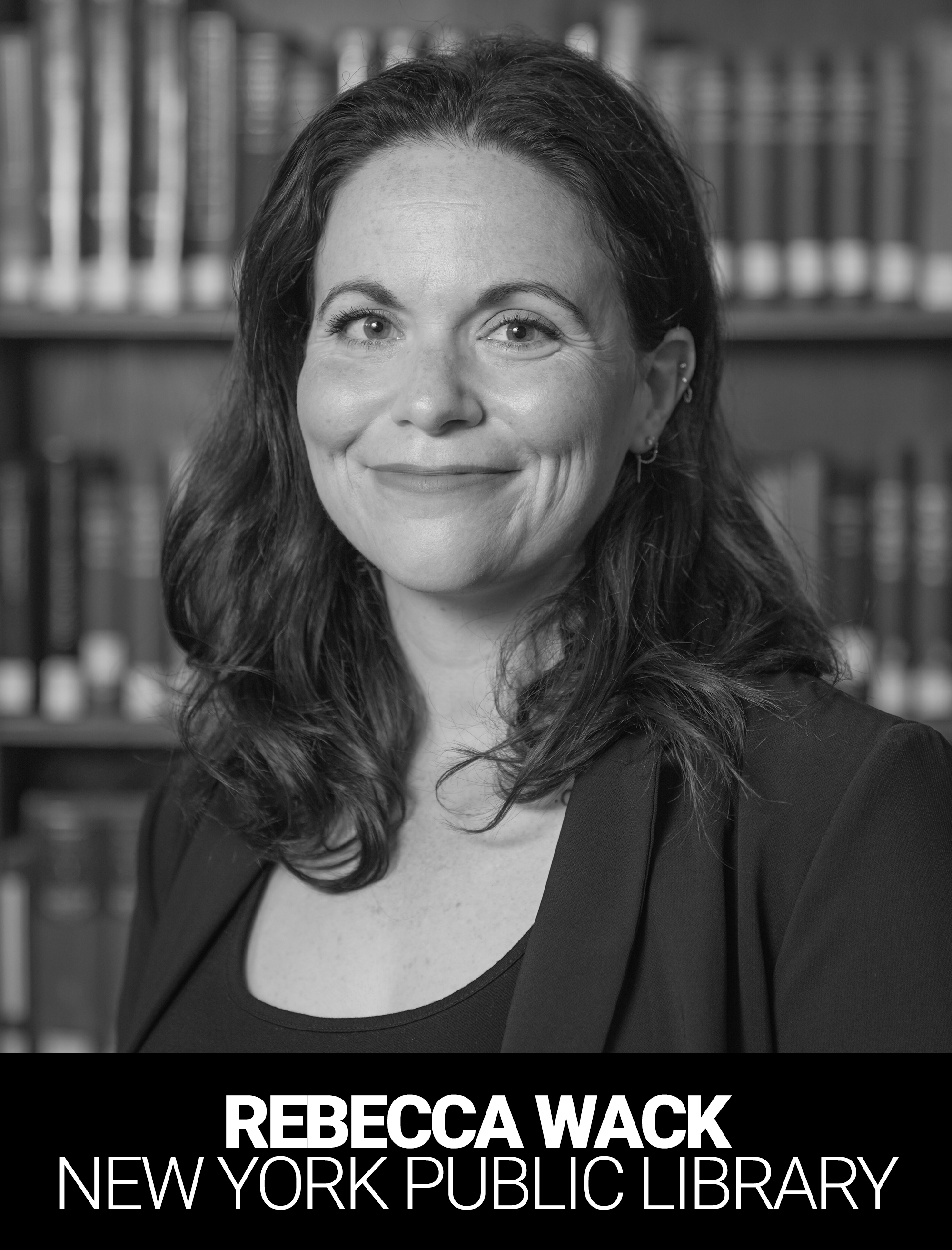
Rebecca Wack | Assistant Director, Digital Imaging NYPL
Cultural heritage digitization is complicated, expensive, and seldom understood by those outside of the field. Let’s talk about talking about our work, adopting approachable language to convert critics into advocates. This presentation will begin with some general tips on building relationships and crafting narratives to support the growth of your digitization program before opening the floor for questions concerning fundraising, stewardship, and building a bigger tent.
Technical Potpourri – AI Art, Film Targets, and Film Stitching

Doug Peterson | Digital Transitions
Abstract to come!
Digital Color Reconstructions of Early Color Photographs
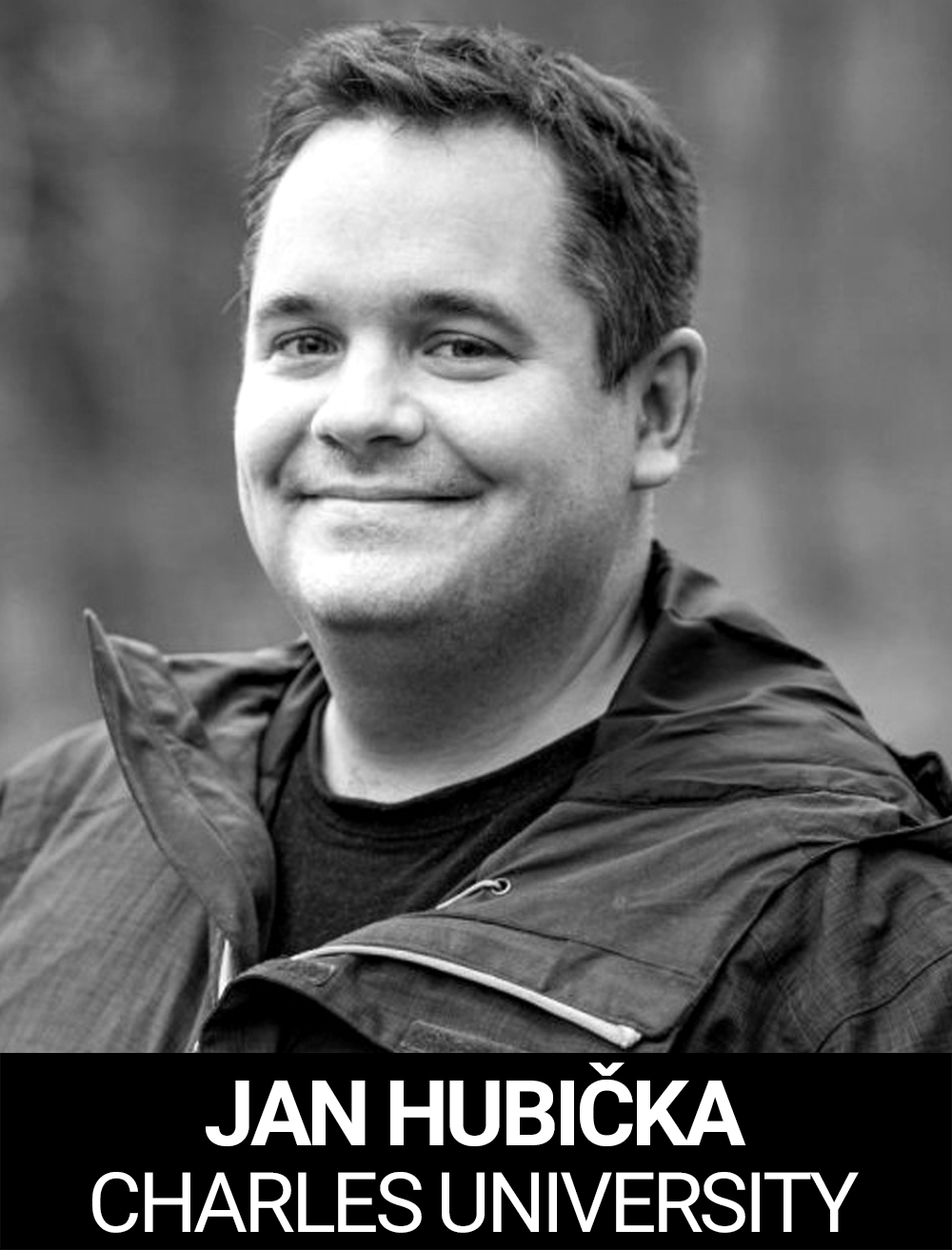
Jan Hubička Associate Professor at the Department of Applied Mathematics of Charles University
Jan Hubička is an Associate Professor at the Department of Applied Mathematics of Charles University, a senior software developer at SUSE LINUX s.r.o., and also a co-founder and director of the Šechtl & Voseček Museum of Photography in Tábor, Czech Republic. In 2004 he started a project of digitization of the Šechtl & Voseček archive consisting of photographs taken in the years 1865 – 2008 by three generations of professional photographers in his family. He also curated over 20 exhibitions of photographs from the archive of Šechtl & Voseček as well as from digitized collections worldwide. Jointly with several institutions in the Czech Republic (including the National Technical Museum, Museum Fotoatelier Seidel, National Museum of Photography and the National Heritage Institute) he organized a number of workshops on digitization and also two international workshops on early color photography. In Mathematics, he is currently working on problems in structural Ramsey theory. As a software developer he is a co-maintainer of the GNU Compiler Collection working on inter-procedural optimization, profile feedback, link-time optimization and x86-64 backend.
JOIN OUR CELEBRATION
OF CULTURAL HERITAGE
Reserve your seat for one of the year’s most inspiring,
educational, and empowering events for digitization.
Day(s)
:
Hour(s)
:
Minute(s)
:
Second(s)
